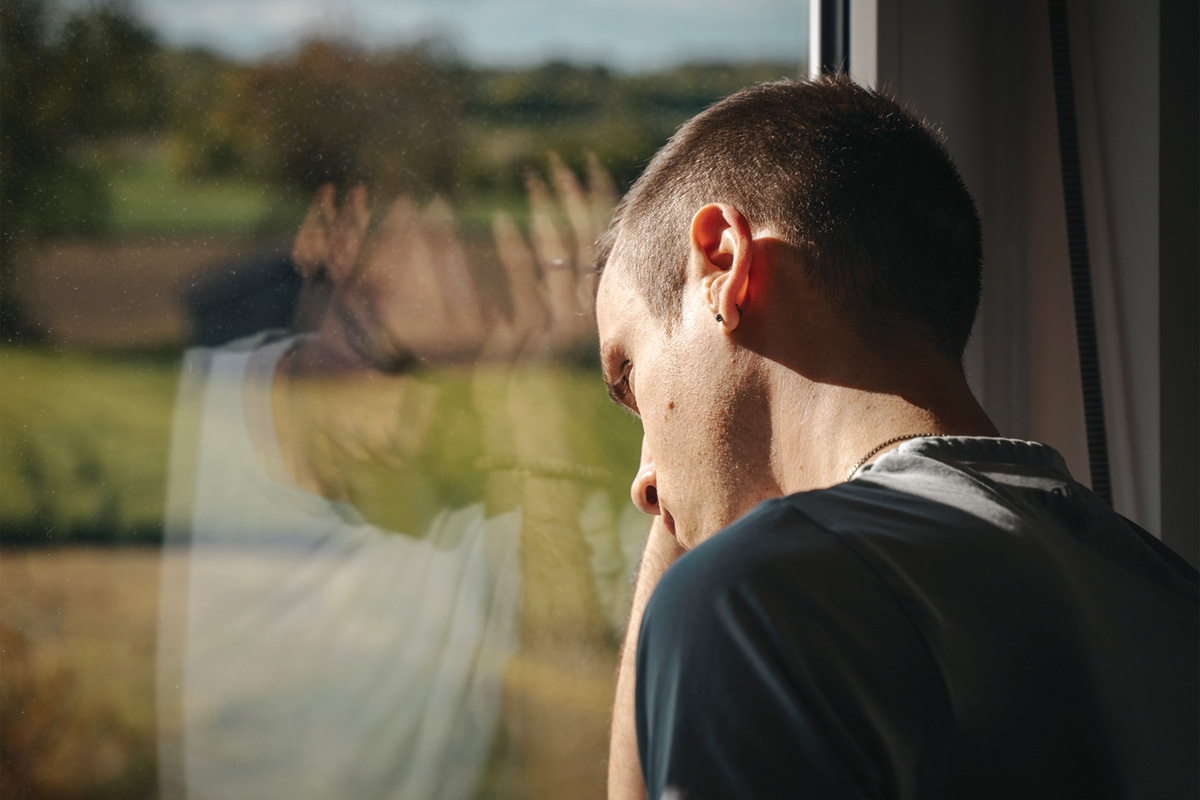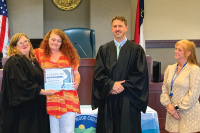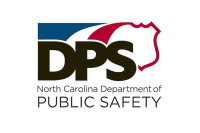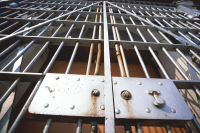As veterans with PTSD continue to die by suicide, FDA demands do-over for MDMA trials
 File photo
File photo
Flying in the face of stats from the U.S. Department of Veterans Affairs that say veterans continue to commit suicide at higher rates than non-veterans, the U.S. Food and Drug Administration last week declined to approve MDMA, a psychedelic compound, as a treatment for post-traumatic stress disorder.
Policymakers have been aware of the problem of veteran suicide since at least the late 1950s, but stunning statistics beginning in the mid-1990s, shortly after U.S. military intervention in Iraq, brought the issue out of the shadows.
According to the U.S. Census Bureau, 6.2% of Americans are considered veterans. Recent data from a 2023 VA report shows that between 6,000 and 6,700 veterans took their own lives each year between 2001 and 2021, about 16.4 each day. A widely-cited 2013 VA report put the number at 22 per day, but other studies suppose it could be as high as 44.
The 2023 report says that for 2021, the most recent data available suggests it’s 17.5 per day, compared to 109 per day among non-veterans — some of whom also experience PTSD for non-combat reasons, like sexual trauma or severe disruption to relationships with family or friends. The link between PTSD and suicide is well documented.
The FDA, for now, has decided that doing nothing about it remains the best course of action.
“There’s only two drugs that are currently approved by the FDA to treat PTSD, and they’re both antidepressants,” said Dr. Raymond Turpin, a Waynesville-based psychologist and researcher who’s worked in the field for decades and conducted an expanded access program authorized by the FDA. “Anybody that’s ever had PTSD knows that depression is often a secondary effect of having PTSD, but these medicines don’t begin to touch the symptoms of PTSD. They don’t do anything for the intrusive memories, the nightmares, the flashbacks, the anxiety. They’re just very ineffective.”
Related Items

Dr. Raymond Turpin (left) and Jonathan Lubecky (right). File photos
Psychedelic compounds induce dramatically altered states of consciousness. Evidence exists of peyote and psilocybin use in religious and spiritual ceremonies over thousands of years, but recreational users have also sought these substances for their ability to produce pleasant physical and emotional effects as well as auditory and visual hallucinations.
The pharmaceutical industry began studying and synthesizing psychedelics over a century ago, hoping to harness their potent effects for commercial use.
In 1938, Swiss chemist Albert Hoffman synthesized LSD, and five years later experienced its effects on what is now known as “Bicycle Day,” marking the dawn of the modern psychedelic age. In the early 1960s, Dr. Calvin Stevens developed ketamine, a crucial anesthetic during the Vietnam War that is now an FDA-approved treatment for depression.
MDMA, originally discovered in 1912 by Dr. Anton Köllisch of Merck Pharmaceuticals, gained attention in 1976 when Dow chemist Dr. Alexander Shulgin rediscovered its psychoactive properties, leading to its exploration as a tool for psychotherapy.
At one time, around 4,000 mental health professionals legally used MDMA in their psychotherapy practices; however, MDMA also became popular in the early 1980s underground party scene due to its euphoric effects resulting in increased energy and sensory enhancement, earning the nickname “ecstasy,” “X” or “Molly.”
By 1985, in response to its growing recreational use, the U.S. Drug Enforcement Agency classified MDMA as a Schedule I narcotic, placing it alongside substances like heroin and LSD, thereby defining it as a drug with no accepted medical use and a high potential for abuse.
Despite the ban, in the mid-1990s, Dr. Charles Grob of the University of California-Berkeley received FDA approval to conduct the first phase one study on the physiological and psychological effects of MDMA.
Adverse effects, like elevated pulse and blood pressure, are well-tolerated in healthy volunteers, and Turpin said that evidence from the legal period showed MDMA could have some use in treating PTSD.
Dr. Michael Mithoefer and his wife Annie, a registered nurse, conducted an important phase two study testing that theory. Turpin told The Smoky Mountain News in 2022 that the results were strong, but a veteran named Jonathan Lubecky gave a gripping account of what, exactly, MDMA therapy did for him.
After attempting suicide multiple times since returning from deployment to Iraq in 2006, Lubecky was taking up to 42 prescription pills a day, but they clearly weren’t working. That’s when he happened upon a phase-two trial by the Mithoefers and received the treatment that he says changed — or saved — his life a decade ago.
The way Turpin explains it, when someone experiences an overwhelming, emotional psychological experience, sometimes the trauma isn’t properly processed by the brain; it gets stuck in the wrong place and continues to fester, producing the symptoms usually associated with PTSD — depression, fear and hypervigilance, among others.
Paxil and Zoloft remain the only FDA-approved drugs for the treatment of PTSD, but their effectiveness is low because they treat the symptoms of PTSD just enough to allow for people struggling with the diagnosis to operate in the real world and don’t address the underlying problem. MDMA, Turpin said, temporarily shuts down the brain’s “fire alarm,” the amygdalae, allowing the prefrontal cortex to process the trauma the way it should have in the first place.
Lubecky took his first dose of MDMA in November 2014, under the supervision of therapists. Usually, three dosing sessions will take place over several months, during which patients engage in therapy. After the sessions are complete, further use of MDMA by the patient is not anticipated.
He described his session as pleasant, called the results “a miracle” and considers himself fully healed from the effects of PTSD.
Since Russia’s 2022 invasion, Lubecky’s been working in the war-torn country of Ukraine as a medic and humanitarian, on and off, for months at a time, within just a few miles of the eastern front. His most recent trip, a few weeks ago, was particularly eventful.
“I saw far worse — more dead bodies, more blood, more injuries, more shelling — more than I did the entire year I was in Iraq, and I still have no nightmares, none of that,” he told The Smoky Mountain News Aug. 11. “I’m totally fine. Which I kind of don’t understand myself.”
The Pearl Psychedelic Institute in Waynesville, run by Turpin, was one of just two sites across the nation conducting expanded access research under the purview of MAPS, the Multidisciplinary Association for Psychedelic Studies.
Expanded access is an FDA program also known as compassionate use. When a drug gets through the later stages of the regulatory approval process and is demonstrated to be safe and likely more effective than existing treatments, the FDA will grant certain trained providers the ability to offer the treatment even though it’s not yet approved.
“I’ve been studying psychedelics since the mid-1980s, and there’s an enormous amount of research from the 1950s and 1960s that demonstrates the potential efficacy of these types of medicines,” Turpin said. “I’ve been following the MDMA studies for almost 30 years, and I have the privilege of having treated four people with this method, and I’ve been treating PTSD for probably 30 years using conventional methods. I think this is just a potential game changer.”
The FDA allowed only 50 people to receive the expanded treatment, 46 of them at Sunstone Therapies in Rockville, Maryland, and four at the Pearl Psychedelic Institute.
Turpin said that the youngest of his four patients was in his 50s, the oldest, in his 70s. All had suffered from chronic, severe PTSD for decades.
“At the end of our five-month protocol, none of them qualified for a PTSD diagnosis anymore,” said Turpin.
By Lubecky’s count, roughly 200 patients have gone through phase-three trials.
“You look at phase three results, 70% are in remission,” he said. “I have eight years of solid documentation from the VA saying I had PTSD. I also have my VA record, which states that I’m in remission.”
If that wasn’t true, Lubecky said, he wouldn’t be able to do the dangerous work he does in Ukraine.
A day-long meeting of the FDA’s psychopharmacologic drugs advisory committee on June 4 began with Lykos Therapeutics, the public benefit corporation founded by MAPS that submitted what’s called a “new drug” application (NDA) for midomafetamine, presenting its case — that the treatment demonstrated statistically significant, clinically meaningful improvement in patients lasting six months or more. The results were consistent over time across different studies.
“This is a novel combination of limited exposure to drugs, which catalyzes psychological intervention,” said Berra Yazar-Klosinski, chief scientific officer for Lykos, at the meeting. “MDMA in combination with psychological intervention provides an effective, well-tolerated acute treatment for PTSD.”
Lubecky was one of many who spoke during the subsequent public comment session of the meeting.
“Yesterday, I wandered among the marble tombstones of Arlington, visiting friends — some lost to age, accidents, combat and a lot to suicide,” he said. “One of those markers should have my name on it. I am testifying today because I want all my brothers and sisters, all human beings, to be allowed the same chance to heal that I was given.”
The advisory committee then twice voted overwhelmingly against MDMA as a treatment for PTSD.
The vote on whether they considered the treatment effective was 9-2 against. The vote on whether they felt the benefits outweighed the risks was 10-1 against.
The votes, nonbinding recommendations to the FDA, were based at least in part on what the committee considered problems with the clinical trials, including the difficulty in blinding the trials due to the acute effects of the drug being easily observable to those who’ve taken it, which could result in expectation bias.
Lykos responded to the advisory committee’s initial votes by stressing the efficacy and safety of the novel treatment’s integration with psychotherapy. Perhaps most damning was Lykos’ assertion that it had “aligned” with the FDA in a 2017 special protocol assessment on “a variety of bias minimization measures in the study design” — the very “bias” cited by the advisory committee and the FDA as a reason the treatment should not be approved.
Regardless, the votes prompted backlash from veterans’ groups.
“Here we have this treatment that’s potentially effective at treating PTSD — more so than anything we have right now — and I think there’s a real anger and frustration in the veteran community, particularly about the fact that, this government that they went and fought for is not going to potentially allow them to have access to a treatment that could heal them and their families,” Turpin said.
Days ahead of the final FDA decision, 80 members of Congress sent a bi-partisan letter to President Joe Biden on Aug. 2 in support of MDMA-assisted therapy for PTSD. The only name on it from North Carolina was Rep. David Rouzer (R-Wilmington).
On Aug. 8, the FDA sided with the advisory committee and rejected Lykos’ NDA. Lykos subsequently issued a news release addressing the ruling and acknowledging that the FDA’s concerns echoed those raised by the advisory committee.
“The FDA communicated that it had completed its review of the NDA and determined that it could not be approved based on data submitted to date. The FDA has requested that Lykos conduct an additional Phase 3 trial to further study the safety and efficacy of midomafetamine,” Lykos wrote. “Lykos plans to request a meeting with the FDA to ask for reconsideration of the decision and to further discuss the agency’s recommendations for a resubmission seeking regulatory approval for midomafetamine capsules.”
Lykos, however, blasted both the structure and the conduct of the advisory committee, saying it didn’t consist of enough subject matter experts, something Lykos says the FDA itself acknowledged through the establishment of a public input portal meant to learn how the advisory committee process could be improved.
The ruling leaves two pathways for Lykos — urge the FDA in that meeting to reconsider its decision or conduct the additional phase three trials requested by the FDA.
“If the FDA does not alter or reconsider their decision and they are going to require Lycos to move forward with an entirely new phase three study and then have to submit an entirely new, revised NDA, I think we’re looking at years,” said Turpin. “My guess would be probably we’d be looking at a minimum of three years and tens of millions of dollars. I can’t remember, but I think the phase three studies cost like $70 million.”
Funding for another phase-three study would have to come from philanthropic or foundational sources, Turpin said, because pharmaceutical companies haven’t contributed any money to the research thus far and likely won’t moving forward; there’s considerable speculation from proponents of the treatment that medicines requiring a patient to take only a few doses aren’t necessarily appealing to large pharmaceutical companies and their shareholders.
Lubecky doesn’t think the meeting will result in a different outcome; however, he does think the FDA will offer suggestions to Lykos as to how it should proceed with a new phase three trial.
But after years of research and trials, can those suggestions be trusted?
“The question I have is, the FDA was heavily involved in protocol design and they just rejected [the NDA] at least on its face, and they said it was because of protocol design,” Lubecky said. “So why should anybody trust what the FDA says they want?”













